France Day 8: Camut
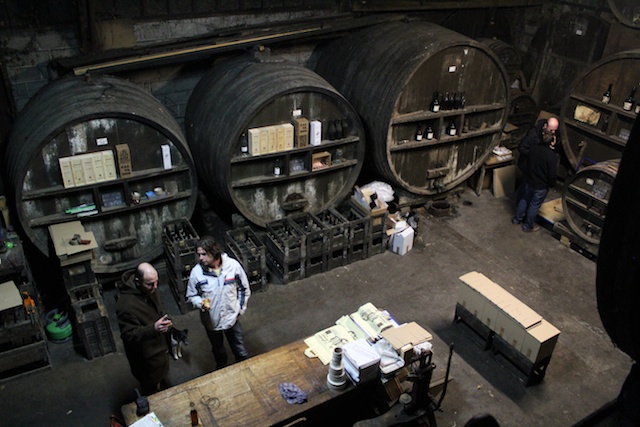
Just like with wine, the decisions made in the orchard by the Norman apple farmers will have a large impact on the eventual flavor of the cider and the Calvados distilled from it. Just like with wine, there are shortcuts. We talk about the flavors of whisky, the quality of the wood, the skill of the distiller, but we never talk about the barley, the beer, the yeast, or the vintage because there's really nothing else to talk about. With Calvados, much like Armagnac, you've got to be a farmer first, a cider maker second, a distiller third, and a cellar master fourth. It's a lot of work and, like any job, some people choose to do the minimum amount required just to get by. Others, however, take their profession seriously and dedicate their lives to it - they believe in it and they get a sense of pride from doing it. We were talking in the car on the way to Camut, comparing spirits producers and athletes. There are some athletes with raw natural ability and others who succeed through sheer hard work and determination. When you combine both of those elements you get Michael Jordan - or, in the world of fine spirits, you get Camut Calvados.
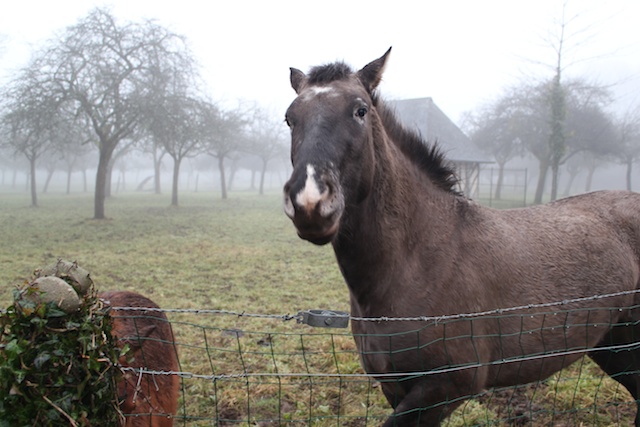
As I wrote earlier, Calvados producers are farmers first. The great part about growing apples, as opposed to grapes, is that you don't have to sacrifice livestock space. In fact, apple trees and cows thrive together because the cows eat the grass around the trees and maintain the soil with their manure. The Camut brothers, Jean-Gabriel and Emmanuel, have a few different orchards and some have horses instead of cows. All of their trees are haute tirages as opposed to basse tirages, which means that the trunks are longer and the fruit higher off the ground. Basse tirages means the trees are grafted and grown closer to the ground. The advantage of this is a faster and more plentiful production soon after planting the orchard, however, there can be no animals on the sight because they will disturb the branches and eat the fruit. Haute tirages is the more difficult method - it takes longer for the trees to produce and you get less fruit. However, the animals and trees can co-exist and the fruit is more flavorful and concentrated. The Camut orchards are 100% haute tirages because everything they do is about quality and flavor, rather than money and ease.
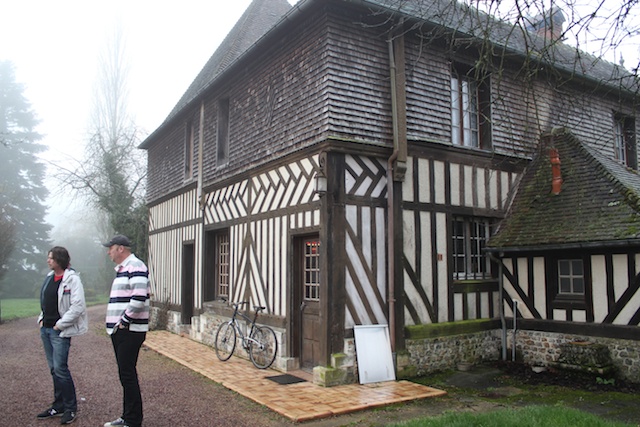
The Camut estate has been around since the late 1700’s and the tradition of making Calvados has changed little since Adrian Camut, grandfather to Emmanuel and Jean-Gabriel, brought his family’s technique to high esteem. Besides a belief in the importance of traditional apple farming, the Camuts take a very old school approach to distillation as well. While even the smaller producers are using industrial grade wood-chipper-like machines to shred their apples before pressing, the Camuts are using a tiny grinder that looks like it could pass maybe a dozen apples at a time. Emmanuel believes it’s important to do as much by hand as possible in order to control quality and flavor.

Their old alambic still is also their pride and joy. Not only was it built by their grandfather, it was designed by him as well and works differently than a traditional Calvados still. Much like an Armagnac still, the alambic at Camut introduces the cider from the top of the still, down into the chamber so that the vapors from the boiling cider below must pass through additional cider as they make their way to the top. The Camuts believe that the distillate is more apple-like this way. If there’s one thing that Camut has going over every other Calvados producer I have tasted, it’s that their Calvados tastes more like fresh apples than anyone else’s.
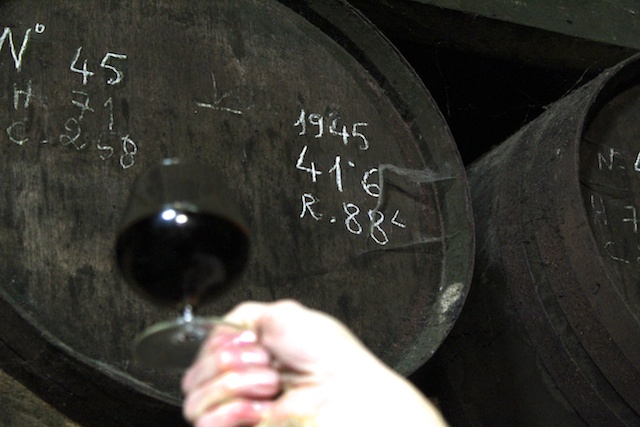
When it comes to barrel aging, the Camut brothers are believers in minimizing the amount of new oak to touch their spirits. In Normandie, the brandy producers are typically using incredibly large barrels to age their spirit because of the importance of the apple to the flavor. The warehouse at Camut is simply jaw dropping because they have stocks dating back to the 1920’s. After a long night of booze and brotherhood, we made our way into the chai for some barrel tasting. In one of the larger barrels was a fifteen year old blend that tasted like magic. I have a feeling that we might be on the verge of a K&L exclusive with this one, something the Camut estate has never offered to any retailer before. The shocker of the night was when Emmanuel climbed to the top of the warehouse and pulled a sample from the 1945 vintage – still in barrel! It was the color of coffee, but it was somehow still alive, brimming with fruit and zest even after 67 years. It was mind-blowing and ranks among the top spirits I have ever tasted, purely because of my disbelief in its durability.
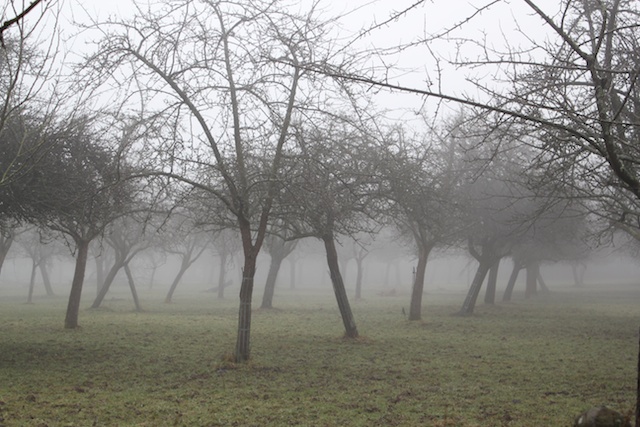
I could go on forever about the technicalities of the Camut Calvados, but there’s only so much the reader can take! What you need to know is this: the Camut brothers do everything the hard way because it tastes better. It’s more expensive to make, it takes longer, and it requires a true commitment to quality, but it’s worth it. I would rank their older expressions among the greatest spirits in the world. Think old Port Ellen or Brora for a single malt comparison, or Michters for a Bourbon analogy. Think DRC or Lafite for wine. Think the very, very best. That’s what these brandies are. They are the best – hands down, bar none. They're also incredible people with a passion for keeping their grandfather's legacy alive. The stop at Camut was perhaps my favorite visit to a producer ever and we will be working hard to bring you all an exclusive bottling.
-David Driscoll
